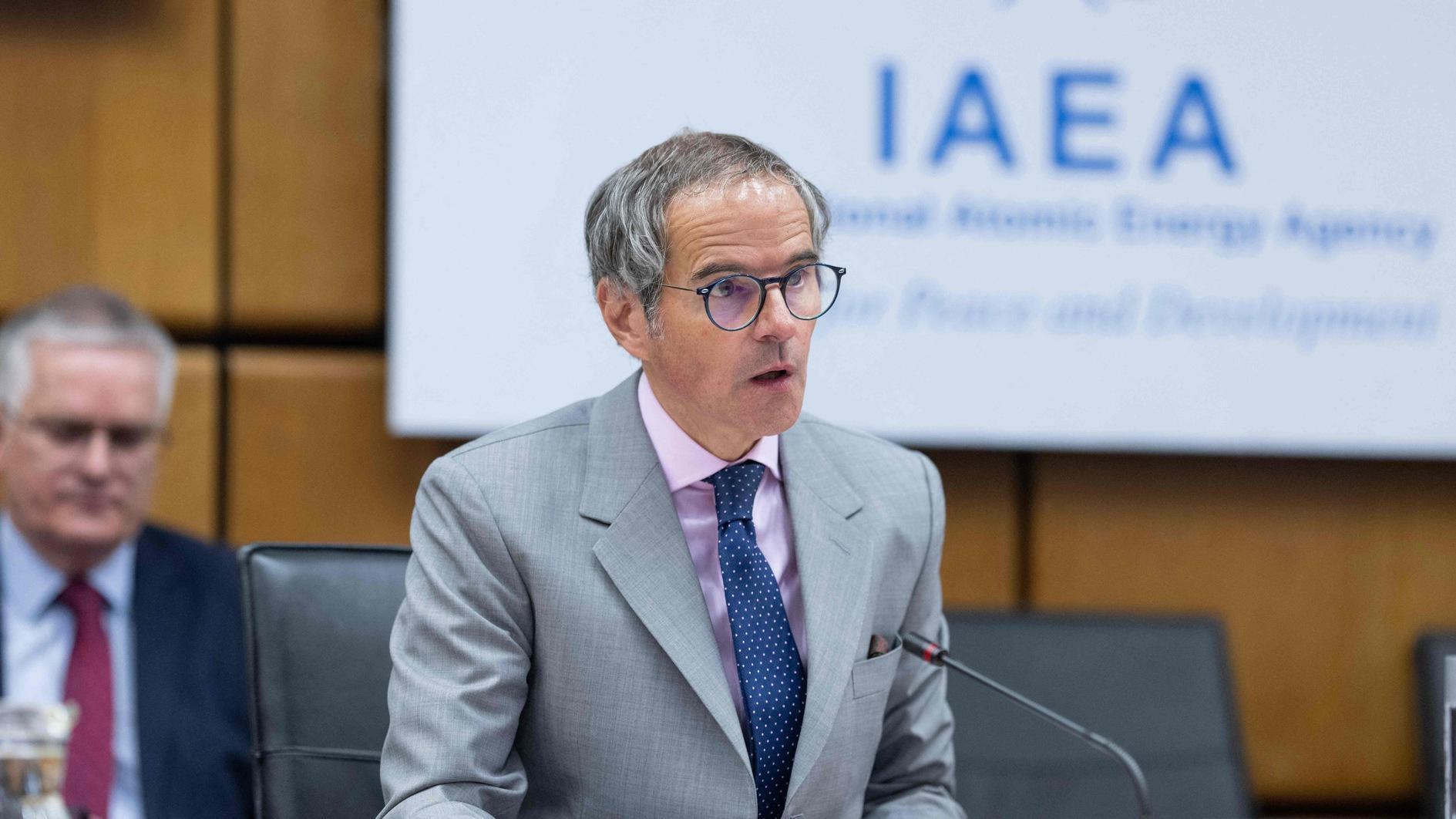Yet another scandal of ‘Turkish justice’
The court case about the murder of Hrant Dink, a prominent Armenian journalist of Turkish citizenship, ended last week with public protests. The judge sentenced the shooter and his closest conspirator, but failed to find a “terrorist organization” behind the plot, drawing reactions from the entire mainstream Turkish media. On Jan. 19 at least 30,000 people, from all walks of life, marched in Istanbul to protest the court and the state powers that they thought had obscured justice.
First, let me remind you who Hrant Dink was. As one of the very few Armenian public intellectuals in Turkey, Dink was a brave voice which challenged nationalism in both the Turkish and the Armenian people. He told Turks that they should honestly face what happened to Ottoman Armenians in 1915, but he also rejected the anti-Turkish fanaticism of the Armenian diaspora.
In 2004, Dink made national headlines by revealing that Sabiha Gökçen, Mustafa Kemal Atatürk’s adopted daughter and “the first female Turkish war pilot,” was actually an Armenian orphan. The next day, Dink was called by the Istanbul Governor’s Office and “warned” by two officials in the National Intelligence Organization (MİT). A few days later, the Chief of Staff, whose arrogance was at that point still untamed, issued a harsh declaration, stating that such news about Gökçen constituted “a crime against national unity and social peace.”
This was the beginning of the state’s focus on Dink, culminating in the sentence he received in 2006 for “insulting Turkishness,” which emerged from a willful misrepresentation of a piece he wrote in his Agos newspaper. Dink later revealed that figures, such as retired Gen. Veli Küçük – who is believed to have been behind various “deep state” assassinations in the 1990s – showed up in his trial, attempting to intimidate him. (Küçük is now in prison, as a suspect in the Ergenekon case.)
Then, on Jan. 19, 2007, Dink was assassinated in front of the Agos offices in downtown Istanbul. The murderer, who was caught in 36 hours, turned out to be a 17-year-old ultra-nationalist youngster named Ogün Samast, who was young enough to go to a “juvenile court.” His mentor Yasin Hayal was also caught, and these two have now been sentenced.
But most people here in Turkey believe more were involved. The prosecutor of the case argues that the Dink murder was orchestrated by the “Trabzon cell of Ergenekon,” the ultra-nationalist criminal network which wanted to destabilize Turkey and provoke a military coup. The judge also made headlines the other day, saying: “In fact, I, too, think this is not such a simple crime […] But we could not prove the existence of an organization.”
Yet both the prosecutor and the Dink family lawyers argue that the court did not investigate sufficiently to reveal the men behind the scenes. The latter even think that the state machinery obscured justice intentionally, by limiting the scope of the investigation.
I am sure many in the West will blame the Justice and Development (AKP) government here, but in fact the AKP has no interest in obscuring the Dink murder. Quite to the contrary, anything that will strengthen the Ergenekon case is to their benefit. It’s no wonder Erdoğan criticized the court decision.
However, for a comprehensive theory, here are my two cents: The real murderer of Dink must be the “Ergenekon” or “deep state” machinery, which was certainly anti-AKP. But, there is a second level of responsibility: consisting of those bureaucrats and police chiefs who, out of mere stupidity or a nationalist bias, did not protect Dink despite all the warnings that came from informants. And some of those people are now on the conservative, pro-AKP side today.
The better news is that the Dink case probably isn’t over. Many believe that the Court of Appeals will return the verdict and a more thorough investigation will begin. That should be the case. Otherwise, “Turkish justice,” in which already few Turks believe, will prove to be a total farce.
For all of Mustafa Akyol’s work, including his recent book, ‘Islam without Extremes: A Muslim Case for Liberty,’ visit his blog, TheWhitePath.com. On Twitter, follow him at @AkyolinEnglish.











